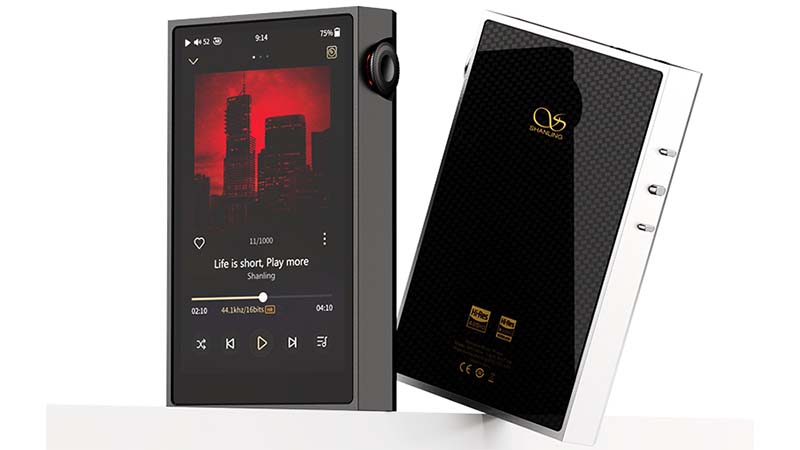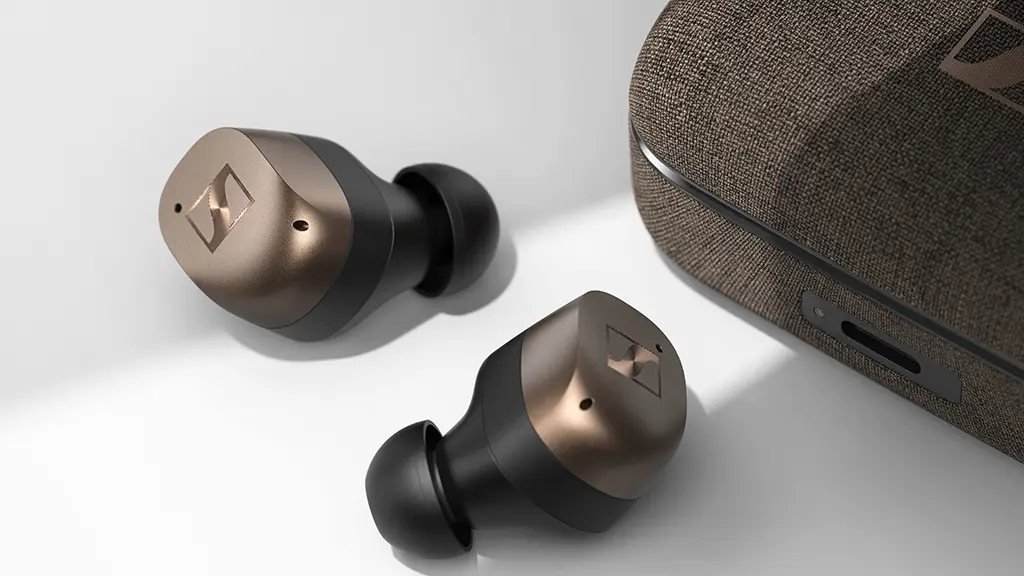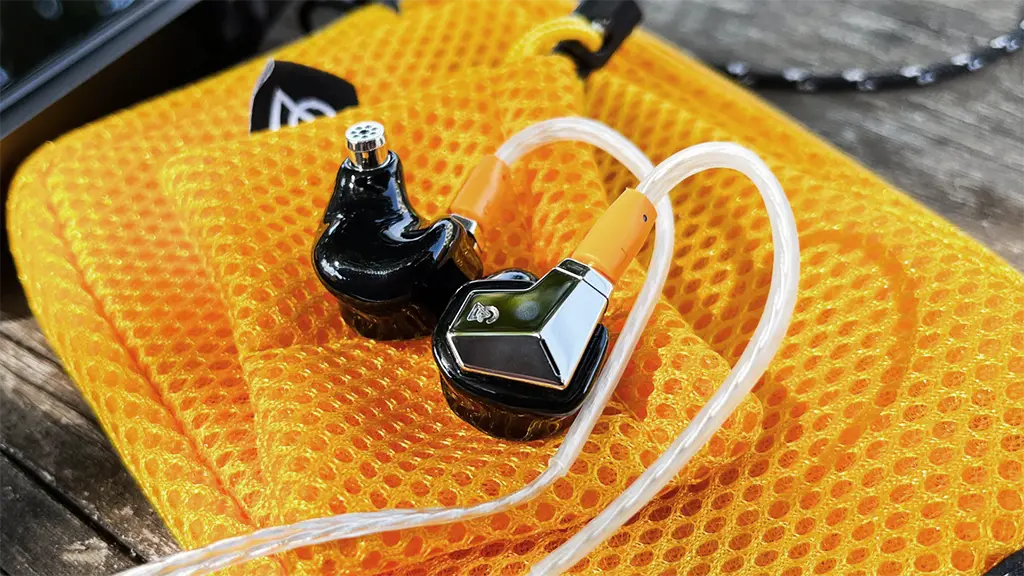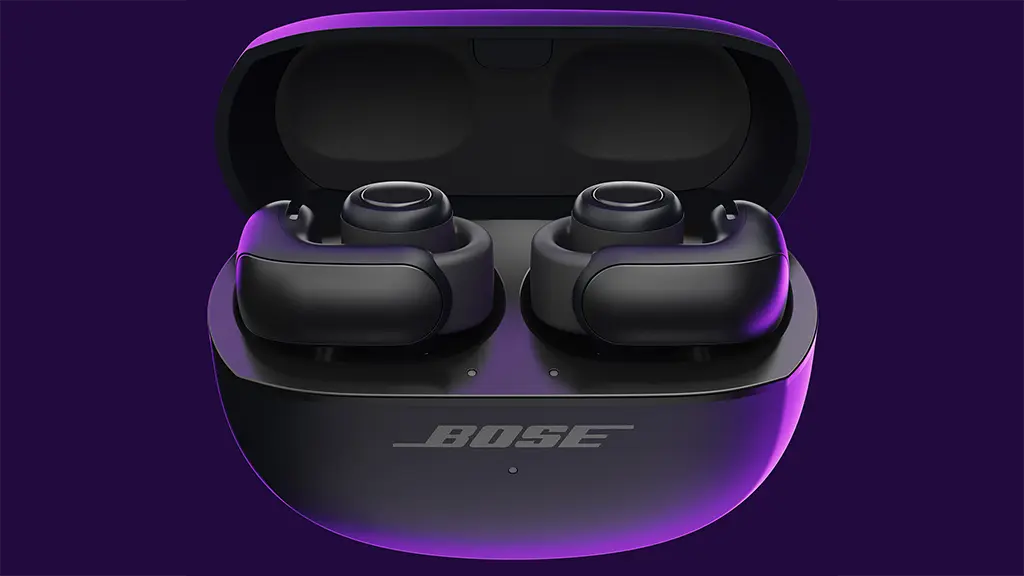The Sound Devices 633 is a very powerful field mixer and digital recorder at a very compact housing. It’s basically a 6-input field mixes with 10-track digital recorder. Despite its compact body, the company was able to incorporate essential features into the 633. It features three high-bandwidth XLR preamplifiers, AES3 and AES42 for digital microphones, HP filter, Pan, Fader, Trim controls, Digital Phantom power, Digital Mixing, SD and CF card recording, multiple simultaneous power sources, 2-second boot, carbon fiber chassis and many more. Let’s get to know more about the new Sound Device 633, and find out why this is a must have mixer and recorder.
Meet the Sound Devices 633
The Sound Devices 633 compact field mixer and digital recorder is basically designed for audio professionals that needs to do audio mixing and recording while on-the-go, without compromises. It’s compact, very easy to carry around, and features a metalized carbon-fiber chassis. The 633 offers 6 analog inputs and records them to SD and CF memory cards.
The six analog inputs are three XLR microphone preamplifier inputs with selectable phantom power, high-pass filters, input limiters, faders and variable pans, as well as three line-level TA3 (mini-XLR) inputs. The first XLR input can also function as an AES digital input and accept AES3 or AES42 inputs with +10 V phantom power for digital microphones. The two XLR outputs can also be used as four channels of AES output.
The Sound Devices 633 also offers 10-track 24-bit, 48 kHz uncompressed WAV recording (96 kHz and 192 kHz sampling up to six tracks) to SD and CompactFlash memory cards. The two cards can be set independently, recording either identical material for a real-time backup, or combinations of WAV and time code stamped MP3 files.
The Sound Devices 633 can draw its power from any of the four different power sources. Sources can include external DC (12-18 V), two removable 7.2 V L-type lithium ion cells, and six internal AA batteries. The 633 automatically switches from one power supply to the next when power is exhausted or removed. With its combination of power sources, the 633 can operate for a full production day on batteries alone.
These are not the only features or things that the Sound Devices 633 is capable of. I’m sure you’d prefer to see one in action rather than just reading long sentences. Below are two videos regarding the 633 that will give you everything you need to know about the device. The first video gives you an introduction as well as discusses all the features and the things that the 633 is capable off. The second video basically shows the input and output operation of the 633.
Price and Where to Buy
The Sound Devices 633 compact field mixer and recorder is available now. It comes with a retail price of $3,229.00 and you can order one here. You also get a limited 2-Year warranty for this product.
There is also a 633 Kit that comes with a carrying case, 3x XL-2F cables, 2x XL-2 cables, 2x XL-B2 batteries, a 16GB CompactFlash memory card and a 16GB SD card. The 633 Kit will cost you $3,990.03 and you can order the kit here.
Sound Devices 633 Specifications
| Connectors | 3 x XLR 3-pin Female Inputs 3 x TA3 (mini-XLR) inputs 2 x XLR 3-pin male outputs (left and right) 1 x 1/4" headphone jack 2 x TA3 outputs (Aux 1 and Aux 2) 1 x 1/8" stereo output (Aux 3 and Aux 4) 1 x RTN output 1 x Timecode output 1 x 4-pin Hirose power connector |
| Frequency Response | 10 to 40,000 Hz ±0.5 dB -3 dB at 65,000 Hz (192,000 Hz sampling rate reference at 1,000 Hz) |
| THD + Noise | 0.09% max (1,000 Hz, 22 to 22,000 Hz BW, fader at 0, 0 dBu output) |
| Equivalent Input Noise | -126 dBu (-128 dBV) maximum (22 to 22,000 Hz bandwidth, flat filter, trim control fully up) |
| Input Type | XLR Mic: active balanced for use with ≤600 Ω microphones, 4,000 Ω actual, 12 V or 48 V phantom power, 10 mA max XLR AES: AES3 or AES42 (10 V power), SRC XLR Line: active-balanced for use with ≤2,000 Ω outputs, 10,000 Ω TA3 Line: active-balanced for use with ≤ 2,000 Ω outputs, 10,000 Ω actual RTN (3.5 mm): unbalanced stereo for use with ≤ 2,000 Ω outputs, 30,000 Ω actual |
| Maximum Input Level | XLR Mic: 0 dBu (0.78 Vrms) XLR Line: +40 dBu (80 Vrms) RTN (3.5 mm): +24 dBu (12.4 Vrms) |
| Maximum Gain | Mic-In-to-Line-Out: 91 dB Mic-In-to-Aux-Out, -10 Out: 77 dB Line-In-to-Line-Out: 39 dB |
| High-Pass Filter | Sweepable 80 to 240 Hz 12 dB/octave at 80 Hz 6 dB/octave at 240 Hz |
| Microphone Power | Each analog input is selectable 12 V phantom through 680 Ω resistors, 10 mA per mic available 48 V phantom through 6,800 Ω, 10 mA per mic available |
| Limiting | Analog input limiters (inputs 1 through 3) Affects microphone preamp output only (Trim stage): +16 dBu Ratio: 20:1 Attack time: 1 ms Release time: 500 ms Digital input limiters (inputs 1 through 6) Post-fader +6 dBu to +18 dBu threshold (adjustable Ratio: 20:1 Attack time: 1 ms Release time: 500 ms |
| AES | AES42 Mode 1: provides +10 V digital phantom power |
| Output Type | XLR Line: active balanced for use with ≥ 600 Ω inputs XLR -10: active balanced for use with ≥ 10,000 Ω inputs XLR Mic: active balanced for use with ≥ 600 Ω inputs TA3 Active balanced Mic/Line: pin-2 and 3 driven, for use with ≥ 3,000 Ω inputs Aux X3 and X4 (3.5 mm): unbalanced, stereo, for use with ≥ 6,000 Ω inputs Headphones (1/4"): unbalanced, stereo, for use with 8 to 2,000 Ω headphones |
| Output Impedance | XLR and TA3 balanced outputs: 100 Ω at line setting 3,200 Ω at -10 setting 150 Ω at mic setting TA3 balanced outs: 1,000 Ω at Mic and line settings Aux X3, X4 (3.5 mm): 100 Ω Headphones (1/4"): 100 Ω |
| Line Output Level | Clipping: 20 dBu minimum with 10,000 Ω load |
| Maximum Output Level | Line: +20 dBu (7.8 Vrms) -10: +6 dBu (1.5 Vrms) Mic: -20 dBu (0.078 Vrms) Aux 3/4: +6 dBu (1.5 Vrms) |
| Limiting | Affects the outputs of the mixer Threshold selectable from +4 dBu to +18 dBu, 1 dB steps Ratio: 20:1 Attack time: 1 ms Release time: 500 ms |
| Maximum Gain | Typical: Trim, Fader, Master, Phones, RTN fully up Mic-level input Master outs (XLR) at line: 91 dB Master outs (XLR) at -10: 77 dB Master outs (XLR) at mic: 51 dB X3, X4 Outs (3.5 mm): 77 dB Headphones (1/4"): 107 dB Line-level input Master outs (XLR) at line: 51 dB Master outs (XLR) at -10: 37 dB Master outs (XLR) at mic: 11 dB X3, X4 Outs (3.5 mm): 37 dB Headphones (1/4"): 67 dB RTN Headphones (1/4"): 5 dB |
| AES3 Output | Transformer-balanced AES Out A, B, on XLR 110 Ω, 2 V p-p AES and S/PDIF compatible with RCA adaptor |
| Sampling Frequency | 44,100 Hz 47,952 Hz 48,000 Hz 48,048 Hz 88,200 Hz 96,000 Hz 192,000 Hz |
| Bit Depth | 24-bit |
| Dynamic Range | 114 dB, A-weighted, typical |
| Recording storage | SD, SDXC, SDHC card FAT32 or exFAT formatted, will format media on-board CompactFlash (CF) FAT32 formatted for CF and SD < 32 GB exFat for SD cards > 32 GB Formats cards in-unit |
| File Type | Record: WAV (Broadcast Wave File format), polyphonic or MP3 Playback: WAV (Broadcast Wave File format), polyphonic or MP3 |
| Timecode | Modes supported: Off, Rec Run, Free Run, 24h Run, External Frame Rates: 23.976, 24, 25, 29.97DF, 29.97ND, 30DF, 30ND Accuracy: Ambient generator, 0.2 ppm (0.5 frame in 24 hr) Timecode input: 20,000 Ω impedance, 0.3 V to 3.0 V p-p (-17 dBu to +3 dBu) Timecode output: 1,000 Ω impedance, 3.0 V p-p (+12 dBu) |
| Accuracy | Sample/Timecode: ± 0.2 ppm (0.5 frames per 24 hours) |
| Power | External: 10 to 18 V on locking 4-pin Hirose connector, pin 4 = +, pin 1 = - 2 x Removable 7.2 V (nominal) Sony L-type Li-ion, operational from 6.5 to 8.5 V Internal 6 x AA (LR6) batteries, 1.2 to 1.6 V nominal (NiMH rechargeable compatible) |
| Temperature | Operating: -4 to 140° F (-20 to 60° C) Storage: -40 to 185° F (-40 to 85°C) |
| Humidity (Non-condensing) | 0 to 90% relative humidity |
| Dimensions (H x W x D) | 2.2 x 9.4 x 5.6" (6.0 x 24 x 14 cm) |
| Weight | 2.56 lb (1.10 kg) |













